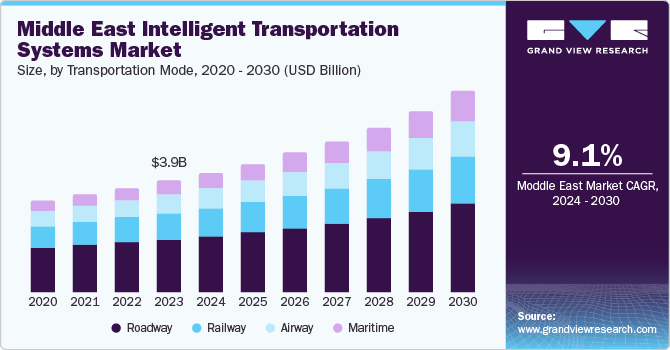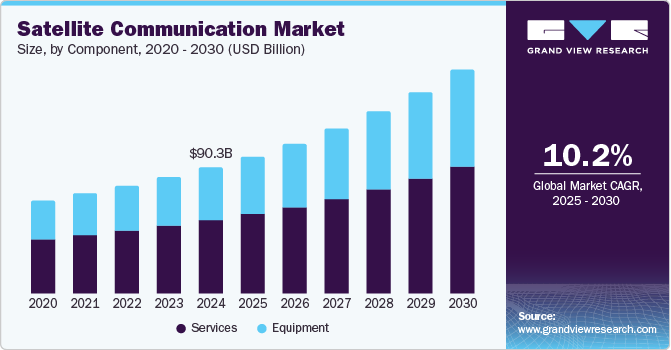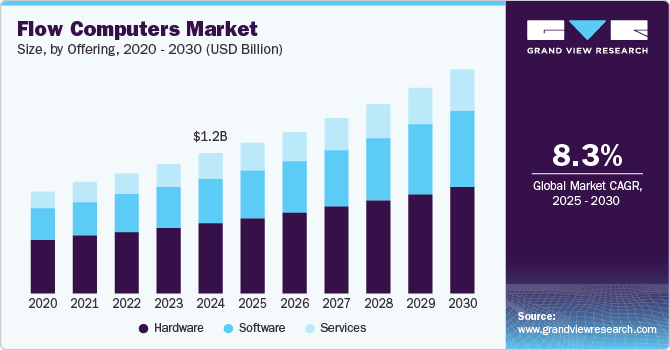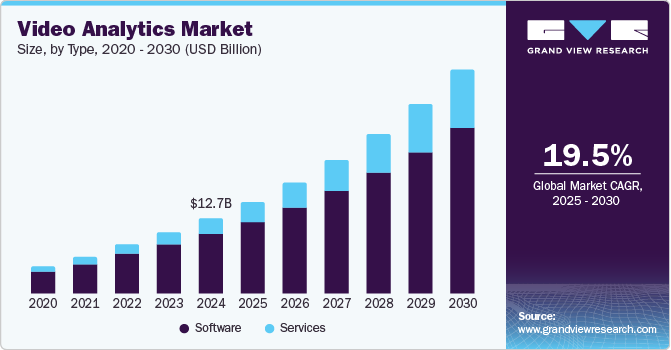Digital Textile Printer Market Size, Share & Trends Analysis growing at a CAGR of 5.5% from 2025 to 2033

The global digital textile printer market size was estimated at USD 2.52 billion in 2024, and is projected to reach USD 4.03 billion by 2033, growing at a CAGR of 5.5% from 2025 to 2033. This steady growth is attributed to the rising demand for sustainable and on-demand textile printing, advancements in inkjet technology, increasing adoption in fashion and home décor sectors, and the shift from analog to digital workflows among textile manufacturers.
Key Market Trends & Insights
- The Asia Pacific digital textile printer market accounted for a 38.70% share of the overall market in 2024.
- The U.S. digital textile printer industry held a dominant position in 2024.
- By printing process, the roll-to-roll /direct-to-fabric segment accounted for the largest share of 66.9% in 2024.
- By operation mode, the multi-pass segment held the largest market share in 2024.
- By technology, the piezoelectric inkjet segment dominated the market in 2024.
Market Size & Forecast
- 2024 Market Size: USD 2.52 Billion
- 2033 Projected Market Size: USD 4.03 Billion
- CAGR (2025-2033):5.5%
- Asia Pacific: Largest market in 2024
Request a free sample copy or view report summary: https://www.grandviewresearch.com/industry-analysis/digital-textile-printer-market-report/request/rs1
The global shift towards sustainable textile manufacturing is strongly boosting the digital textile printer market. Traditional textile printing methods are water-intensive and produce large amounts of wastewater, prompting regulatory action in countries like India and China. Digital textile printing offers a eco-friendly alternative, using up to 90% less water and significantly reducing chemical discharge, as highlighted by the U.S. Environmental Protection Agency. In response, governments are promoting eco-compliant production through schemes like India’s Integrated Processing Development Scheme (IPDS), encouraging digital printer adoption in textile parks and processing zones.
The e-commerce boom and consumer demand for personalized fashion are reshaping the textile industry and propelling the digital textile printer market forward. Small businesses and solo entrepreneurs are increasingly relying on print-on-demand business models to meet growing demand for custom apparel. According to the U.S. Small Business Administration, the number of apparel-based small businesses has steadily risen, especially through online platforms. With minimal setup costs and the ability to produce short runs efficiently, digital printers, particularly DTG (Direct-to-Garment) models, are becoming indispensable tools. This trend is further boosted by data from the U.S. Department of Commerce, which shows a strong increase in digital sales of personalized garments since 2021.
Government-funded innovation programs are playing a crucial role in fueling digital textile printer adoption. The European Union’s Horizon Europe initiative (2021-2027), for instance, is investing in sustainable digital technologies across industries, including textiles. As part of the EU’s “New European Bauhaus” project, funding is being directed to research in greener production processes, including single-pass digital printing and waterless ink technologies. These efforts are creating a favorable environment for small and mid-sized enterprises (SMEs) across Europe to modernize their operations with digital print capabilities. This wave of innovation and financial support is undeniably boosting the market.
The market is also being propelled by collaborative efforts between public institutions and private companies. U.S. agencies like the National Institute of Standards and Technology (NIST) have been working with textile research labs to develop better print durability and quality testing protocols. These partnerships are enhancing the reliability of digital textile printers and helping manufacturers scale up production. Programs like Manufacturing USA are actively supporting innovations in smart manufacturing, including high-speed digital printing solutions. These initiatives are not just enabling technological growth; they are actively boosting the market by building industry confidence in digital printing for large-scale production.
Global supply chain disruptions and shifting geopolitical strategies have led many countries to bring textile manufacturing back home, a move that is significantly boosting demand for digital textile printers. In the U.S., government departments like Homeland Security and Defense are allocating funds to reshoring critical industries, including textile production. Countries such as the UK and Australia are also implementing national strategies to support local textile hubs. Digital textile printers, known for their flexibility and cost-efficiency, are ideal for localized production setups. As governments roll out financial incentives and industrial stimulus packages, the demand for digital textile printing technology is experiencing strong upward momentum, further propelling the market growth.
Printing Process Insights
The Roll-to-Roll / Direct-to-Fabric (DTF) segment accounted for the largest share of 66.9% in 2024. This segment is gaining traction among manufacturers due to its ability to directly print onto a variety of fabrics, eliminating the need for transfer paper and pre-treatment processes. The flexibility it offers in handling large-scale, continuous fabric rolls is especially favored in the fashion and home décor industries. The U.S. Department of Commerce, through its textile modernization support programs, has highlighted the surge in adoption of direct-to-fabric solutions in domestic mills aiming for agile, just-in-time production. With growing demand for high-throughput, low-waste textile solutions, DTF printing is propelling market growth in both developed and emerging markets.
The Direct-to-Garment (DTG) segment is expected to grow at the fastest CAGR during the forecast period. DTG printers are particularly popular among small businesses and online clothing startups that operate on low inventory and cater to fast-changing consumer preferences. With the rise of platforms like Etsy and Shopify and a growing culture of print-on-demand, this segment has witnessed remarkable growth. According to the U.S. Small Business Administration, micro-businesses offering customized clothing grew steadily from 2021 to 2024. The DTG printing segment, with its ease of use and high-quality output for short-run orders, continues to be a key driver in the overall digital textile printing landscape.






